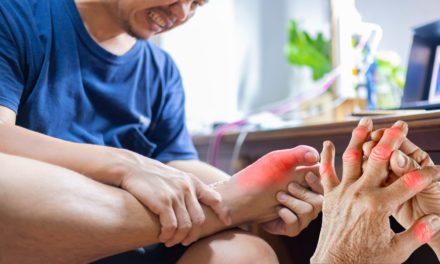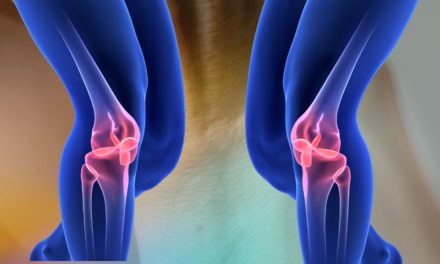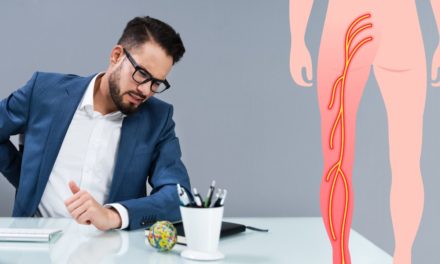Introduction
A bruise, also known as a contusion, is a common and often harmless skin condition that occurs when blood vessels under the skin are broken or ruptured by an injury. Although not usually a cause for concern, understanding the lesions, their causes, and ensuring appropriate treatment is important to prevent complications. In this comprehensive article, we’ll look at the nature of the lesions, their symptoms, and the best treatment options to help you better manage and heal from these common skin injuries.
Nature of injuries
Bruises occur when tiny blood vessels known as capillaries near the surface of the skin break, allowing blood to leak into the surrounding tissues. Accumulated blood appears as a dark or colorless spot on the skin. The lesions often change color over time, progressing from red or purple to blue, green, yellow, and eventually disappear as the body reabsorbs the accumulated blood. They usually appear on parts of the body that have thin skin, such as the arms, legs, and face.
Causes of injuries
Injuries usually result from blunt force or trauma to the body. Common causes include:
- Accidental falls: Trips, slips, and falls are common causes of injury, especially among older adults and children.
- Bumps and Bumps: Scratches can be caused by bumping into objects, walls or furniture.
- Sports injuries: Contact sports and activities can cause injuries, especially in areas exposed to impact.
- Medication side effects: Some medications, such as blood thinners, can make individuals more susceptible to injury.
- Aging: As the skin ages, it becomes thinner and more prone to injury even with minor injuries.
Symptoms of injuries
Lesions are usually easy to recognize because of their characteristic features. Common symptoms include:
- Color: Initially, the lesions are red or purple in color and gradually change to blue, green, and yellow as they heal.
- Tenderness: The affected area often feels tender and may be painful to the touch.
- Swelling: Some wounds may cause mild swelling around the affected area.
- Gradual healing: Lesions usually resolve on their own within 1 to 2 weeks, depending on their size and severity.
Effective treatment
Although injuries usually heal naturally without the need for medical intervention, some simple treatments can speed the healing process and reduce discomfort:
- Cold compress: Applying a cold pack wrapped in cloth or ice to the injured area within the first 24 hours can help reduce swelling and relieve pain.
- Elevate the area: Elevating the injured limb or area can reduce swelling and increase blood flow to the injured area.
- Pain relief: Over-the-counter pain relievers such as acetaminophen or ibuprofen can help control pain and discomfort.
- Arnica cream or gel: Topical arnica products can reduce bruising and inflammation when applied as directed.
- Massage gently: Gently massaging the injured area can help improve blood circulation and speed up healing.
- Protection and rest: To prevent wound progression, protect the injured area and allow it to heal with adequate rest.
Result
Bruises are a common and usually harmless skin injury that results from the rupture of blood vessels under the skin. Although they usually resolve on their own over time, understanding the causes and symptoms of bruises allows individuals to take the appropriate steps for effective treatment and healing. Simple home remedies, such as cold compresses, elevation, and over-the-counter pain relievers, can help manage discomfort and promote faster healing. In case of severe or repeated injury, or if it is accompanied by other associated symptoms, it is advisable to consult a health care professional for a complete evaluation and personal consultation.










